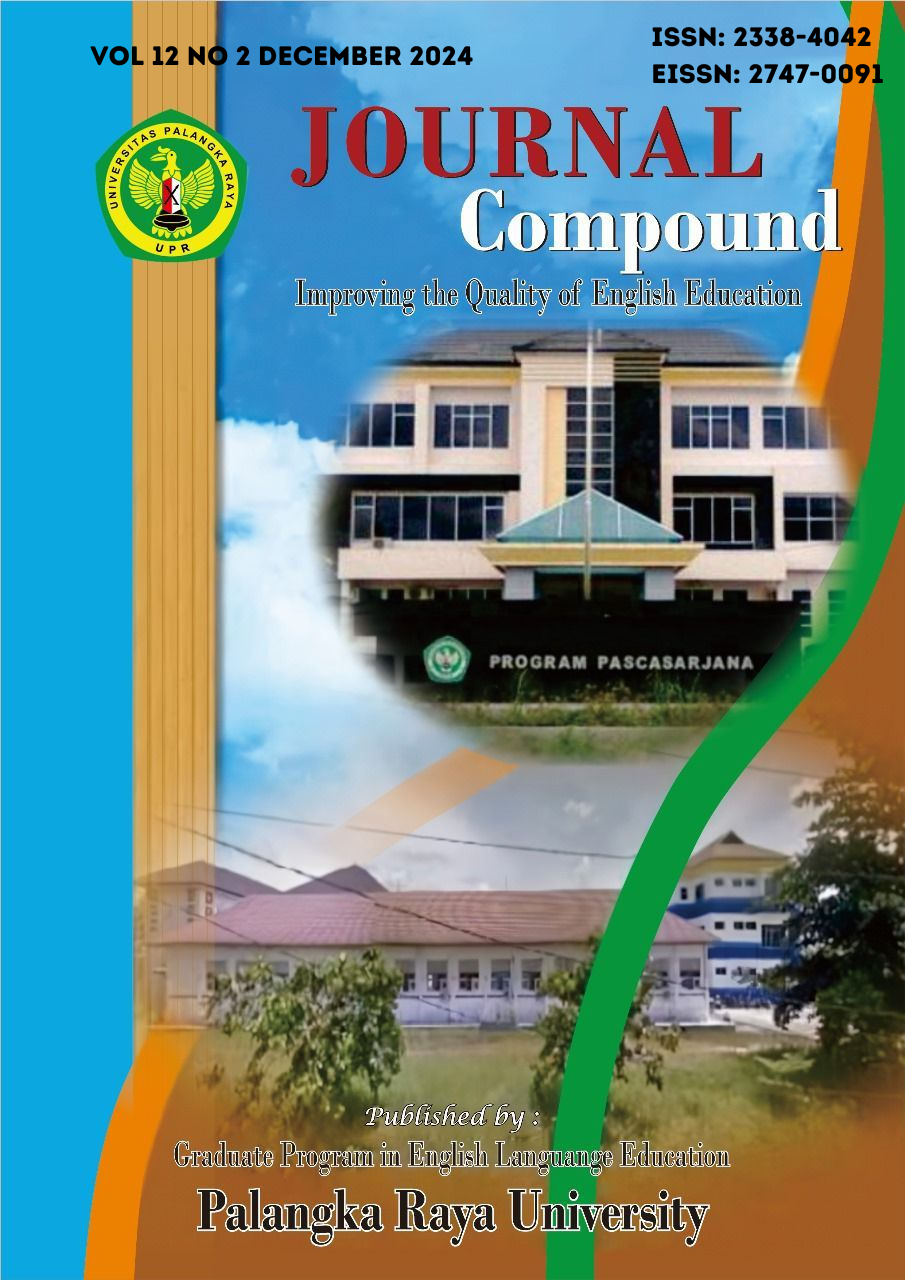LEXICAL AND PHONOLOGICAL COMPARISON OF DAYAK NGAJU AND KATINGAN LANGUAGES: EVIDENCE OF AUSTRONESIAN AFFILIATION
DOI:
https://doi.org/10.37304/jcp.v12i2.19991Keywords:
Dayak Languages, Ngaju, Katingan, Cognates, AustronesianAbstract
This study explores the historical relationship between the Dayak Ngaju and Katingan languages through a comparative lexical and phonological analysis. A total of 225 word pairs were examined using lexicostatistical and historical phonology methods. Each pair was classified into one of three categories: cognates, likely cognates, and non-cognates. The findings show that 46.22% of the pairs are clear cognates, 22.22% are likely cognates, and 31.56% are non-cognates. In addition to lexical similarities, phonological processes such as apheresis, apocope, paragoge, and single phoneme differences were identified, further supporting their genealogical relationship. These patterns indicate that the two languages likely descend from a common proto-language within the Austronesian family. Core vocabulary items such as “water,” “dog,” and “bird” remain identical, reflecting lexical stability. The study not only affirms a strong linguistic connection between Ngaju and Katingan but also contributes to the preservation of regional languages by documenting their historical and structural ties.
Downloads
Downloads
Published
How to Cite
Issue
Section
License
Copyright (c) 2024 Journal Compound: Improving the Quality of English Education

This work is licensed under a Creative Commons Attribution 4.0 International License.








